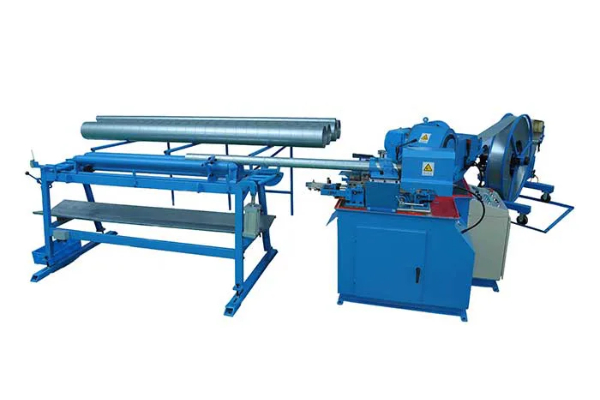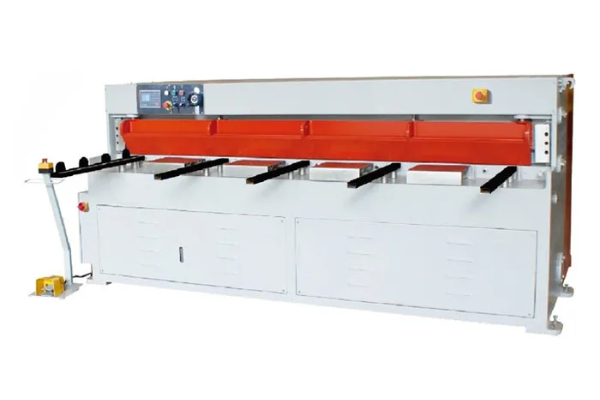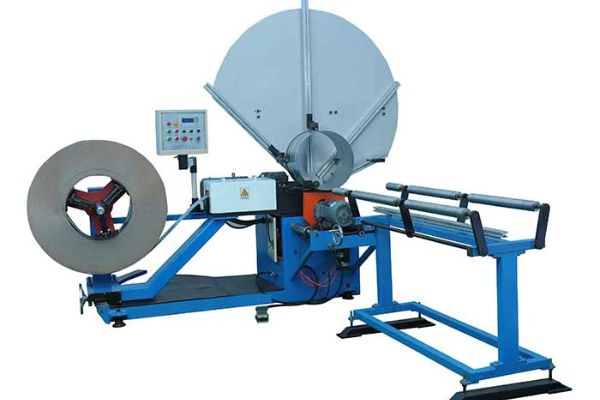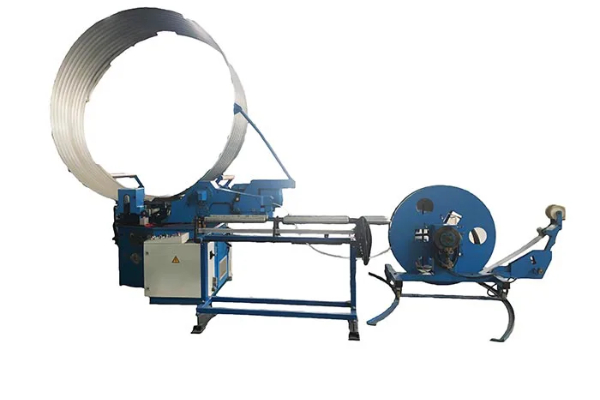
Design Software for Metal Plate Rolling Machines- Tools and Resources
- By:Metmac
- 2024-07-26
- 77
Introduction
Metal plate rolling machines are essential tools in the fabrication industry, used to shape and form metal plates into various shapes and sizes. Design software for metal plate rolling machines plays a crucial role in this process, providing engineers with the necessary tools and resources to optimize designs, streamline fabrication, and reduce costs. This article will delve into the key aspects of design software for metal plate rolling machines, exploring its tools, capabilities, and benefits in detail.
Drafting and Modeling Tools
Design software for metal plate rolling machines typically offers comprehensive drafting and modeling tools that enable engineers to create accurate and detailed models of their designs. These tools include:
– CAD (Computer-Aided Design): CAD software provides engineers with the ability to create 2D and 3D models of metal plates and rolling machines. This allows them to visualize and refine their designs, ensuring that they meet the desired specifications and requirements.
– FEA (Finite Element Analysis): FEA software enables engineers to analyze the structural integrity of their designs under various loading conditions. This helps them identify potential weaknesses and optimize the design for strength and durability.
– Simulation: Simulation tools allow engineers to simulate the rolling process virtually, enabling them to predict the behavior of the metal plate and identify potential issues before actual production. This helps reduce the risk of production errors and ensures optimal results.
Material Selection and Yield Optimization
Design software for metal plate rolling machines also incorporates material selection and yield optimization features to assist engineers in selecting the most suitable material for their project and minimizing material waste. These features include:
– Material Database: The software provides a comprehensive database of metal materials, including their properties, strengths, and formability characteristics. This helps engineers choose the optimal material for their specific application.
– Yield Optimization: The software can calculate the optimal yield for the given metal plate and rolling machine, maximizing material utilization and reducing scrap. This helps reduce production costs and improve profitability.
Production Planning and Machine Control
Design software for metal plate rolling machines offers tools for production planning and machine control, enabling engineers to streamline the fabrication process and optimize machine performance. These tools include:
– Process Planning: The software can generate detailed process plans, outlining the sequence of rolling operations and machine settings required to produce the desired shape. This helps optimize the production process and minimize setup time.
– Machine Control: Some software packages can directly interface with metal plate rolling machines, allowing engineers to control machine parameters remotely. This enables real-time monitoring and adjustment, ensuring consistent and high-quality production.
Collaboration and Data Management
Design software for metal plate rolling machines also facilitates collaboration between engineers and supports efficient data management. These features include:
– Collaboration Tools: The software may offer collaboration tools such as cloud storage, version control, and commenting, enabling multiple engineers to work on the same project simultaneously.
– Data Management: The software provides centralized data management, allowing engineers to store, organize, and access project files securely. This helps ensure data integrity and prevents data loss or corruption.
Conclusion
Design software for metal plate rolling machines plays a vital role in the fabrication process, providing engineers with powerful tools and resources to optimize designs, streamline production, and reduce costs. By leveraging the features and capabilities described in this article, engineers can improve the efficiency and precision of their operations, leading to higher quality products and increased profitability.
-
Reliable Sheet Metal Equipment for Sale to Support Precision Fabrication
2025/07/17 -
Advanced Duct Machine AC and Fabrication Solutions from Metmac
2025/07/12 -
The Advantages of Using a Sheet Roll Forming Machine in Manufacturing
2024/09/14 -
How to Optimize Your Laser Sheet Cutting Machine for Maximum Performance
2024/09/12
-
Advanced Sheet Metal Machinery for Precision Fabrication
2025/07/17 -
Precision Sheet Metal Bending and Cutting Machines for Industrial Fabrication
2025/07/17 -
High-Precision Duct Forming, Cutting, and Bending Machines by Metmac
2025/07/12 -
Efficient Duct Board Cutter and HVAC Duct Machines for Sale by Metmac
2025/07/12
-
A Guide to the Latest Innovations in Sheet Metal Folding Machines
2024/11/29 -
Key Features to Consider When Investing in a Sheet Metal Folding Machine
2024/11/28 -
Enhancing Precision with Advanced Sheet Metal Folding Machines
2024/11/27 -
How to Choose the Right Sheet Metal Folding Machine for Your Workshop
2024/11/26





